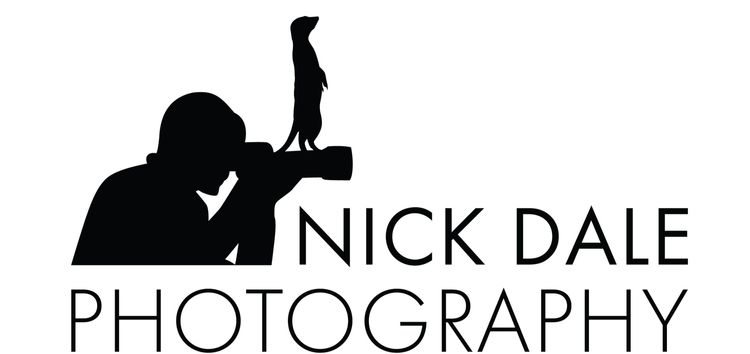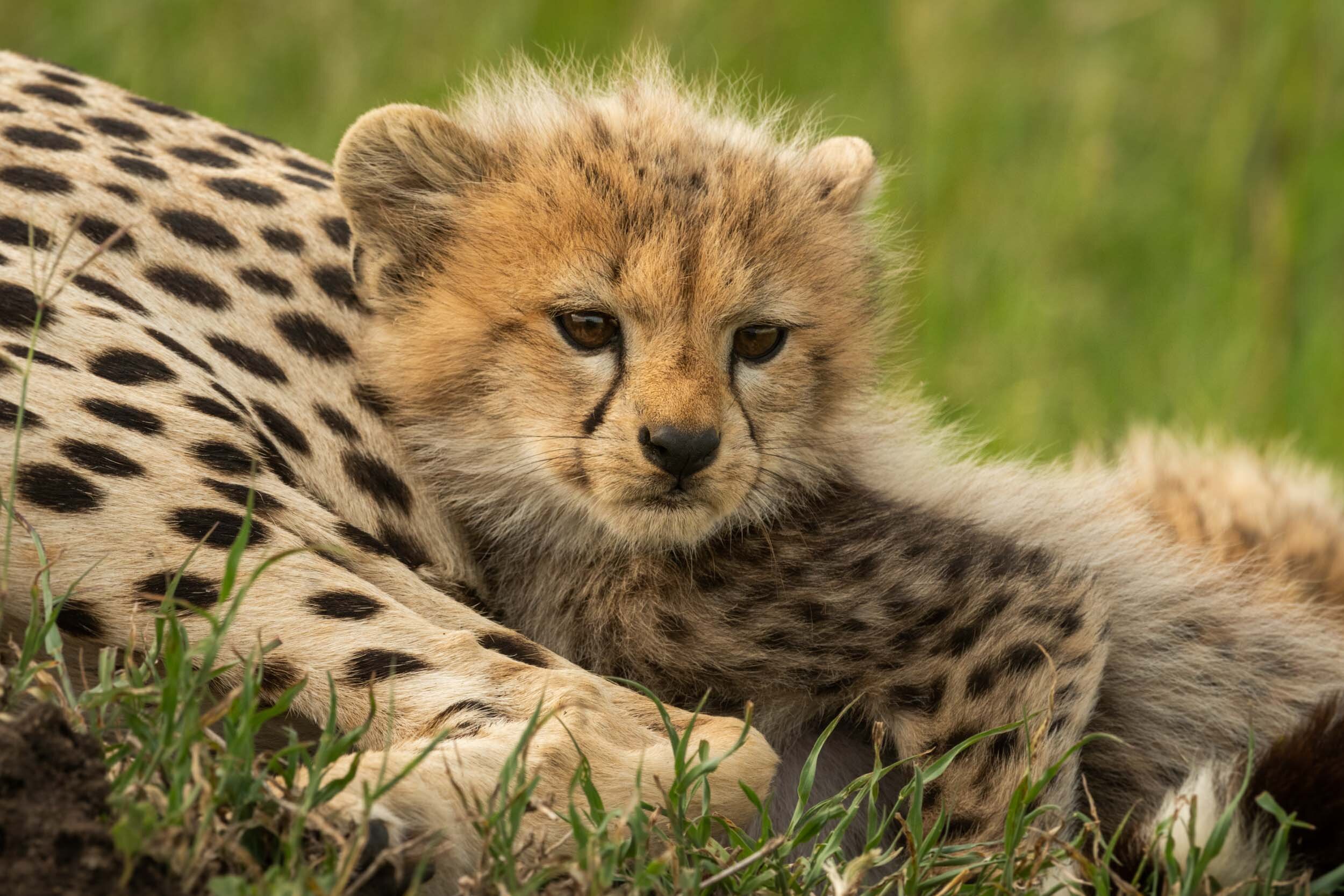How to become a wildlife photographer…
What equipment do I need?
Wildlife photography is a money pit.paul
Cameras, lenses and accessories cost thousands of pounds, and most people can’t resist a piece of new kit even if they don’t need it, so a lot of it just ends up gathering dust in the basement!
However, the good news is you don’t really need that much.
DSLR (and spare memory cards and batteries)
Long lens (400-800mm)
Polarising filter
Monopod or tripod and/or beanbag
Lens cloth or blower
Laptop
Admittedly, you can easily spend £4,000 on a DSLR, up to £15,000 on a long lens and £5,000 on a laptop, but you don’t have to…!
I bought all my equipment second-hand when I started out, and I’ve just added and replaced items when finances have allowed.
Just make sure that your equipment gives you a good chance of taking the shots that you want, and that means a DSLR and a 400mm lens.
What else can I do before I leave?
I’ve been lucky enough to spend months at a time on safari in Africa, but that’s not the case for most people.
That means it pays to be selective. How can you get the biggest bang for your bucks?
I specialise in African wildlife, but you might prefer the bears of North America, the penguins of the Antarctic or the jaguars of the Pantanal. Just make sure of three things:
Right place
Right time
Right price
The most important is obviously the location, but make sure you go at the right time of year. If you want to see the herds of wildebeest and zebra in the Serengeti, for instance, then you’d better make sure you go during the Great Migration or you’ll find yourself on a lot of very boring game drives!
Finally, just make sure you can afford it.
There’s obviously a trade-off here: high season is more expensive for a reason, and you generally get what you pay for.
However, it’s up to you to think about your true priorities: is it more important to take pictures or to have a lie-in and then have a luxurious outdoor breakfast prepared by a Michelin-starred chef…?!
I know some safari lodges cost upwards of $2,000 a night, but is all that luxury really necessary?
I went on a mobile safari to Botswana once, and I camped every night and spent 12 hours a day from dawn until dusk photographing every animal I came across. I didn’t even have a mirror in my tent to allow me to shave, but I wouldn’t have missed it for the world…!
Once you’ve booked your trip, it’s important to make the most of it. That means packing wisely and doing a little bit of housekeeping:
Check your equipment
Rent a long lens and/or DSLR and practise!
Set camera metadata (eg time zone, location)
Update firmware
Charge your batteries
Pack your camera bag (and don’t put it in the hold!)
Plan your wardrobe
Neutral colours
Layers (it can be cool in the mornings…)
Trousers with zip-off legs (and lots of pockets!)
Sun hat (NOT baseball cap!)
Hiking boots or trainers
Other (Malarone, suncream, insect repellent, passport, insurance, vaccinations etc)
A lot of this is common sense, but it’s very important to be prepared. Most wildlife resorts don’t have shopping malls attached, so you’re going to end up kicking yourself if you forget your memory cards!
As the famous wildlife photographer William Shakespeare once said, “The readiness is all…”
What should I take on a game drive?
Once you’re on location, you’ll quickly get into the daily routine.
I generally pack pretty light, but there’s not much that you need on a game drive:
Camera body (x 2 if you can!)
Long lens(es)
Wide angle lens
Polarising filter?
Spare batteries
Lens cloth and/or blower
Beanbag and/or monopod
Phone (to keep species list, diary in Notes)
Protection (boots/trainers, jacket and sun hat, but put on sun cream/insect repellent beforehand)
Water
This list will obviously be a little bit different if you’re on a Zodiac cruise to the Antarctic Peninsula, but the point is you just need the bare minimum of supplies to keep you healthy and whatever camera kit you need for the day’s shoot.
What camera settings should I use?
Your daily routine should extend to your ‘default’ camera settings.
I generally go on game drives with two Nikon DSLR camera bodies paired with an 80-400mm and an 800mm lens, and these are my default settings:
Manual shooting mode
Auto ISO
Widest aperture
1/1000 of a second shutter speed
Other
3D Continuous focus mode
Single-point focus
Back-button focusing
Auto horizon guides
Daylight or cloudy white balance (depending on the weather)
RAW
These settings give me a pretty good head start for most ‘typical’ wildlife shots, but I will change them if I need to.
Experimentation is the key to originality, so you need to make sure you’re taking a thousand different shots rather than taking the same shot a thousand times!
I’m a big fan of the slow pan, for instance, and that means I’ll switch to Shutter Priority mode, select a slow shutter speed and set the ISO manually to its lowest value.
Why not try low or high key portraits, wide angle close-ups and moody black and white studies?
Once you’ve taken your basic ‘record shot’, just think about how you can go the extra mile and come up with something different.
What makes a good photograph?
So what should you be looking for? What makes a great wildlife shot?
Well, I’ve been on a few trips with the photographer and tour guide Paul Goldstein, and he says, “The Holy Trinity of wildlife photography is dust, air and spume!”
That demonstrates his obsession with action shots, but it’s something we can all benefit from.
Yes, it’s all very well taking pictures of cute lion cubs, but why take portraits when you can capture a cheetah kill or a leopard jumping down from a tree?
Whatever your aesthetic priorities, I thought it might be useful to finish with a few of the rules of composition. Some of these you may know, some you won’t, but I hope they’ll help you take better pictures.
Good luck!

























